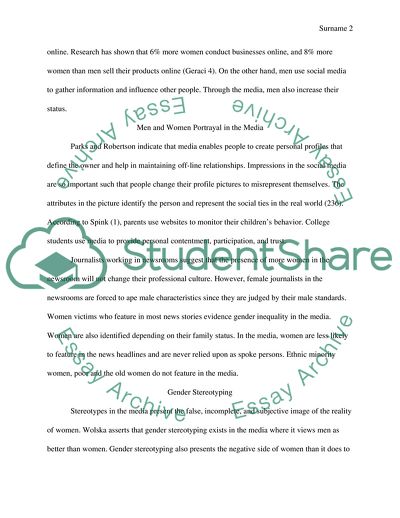Cite this document
(Gender and Sexuality Online Through Social Media Services Case Study, n.d.)
Gender and Sexuality Online Through Social Media Services Case Study. https://studentshare.org/gender-sexual-studies/1867947-media-gender
Gender and Sexuality Online Through Social Media Services Case Study. https://studentshare.org/gender-sexual-studies/1867947-media-gender
(Gender and Sexuality Online Through Social Media Services Case Study)
Gender and Sexuality Online Through Social Media Services Case Study. https://studentshare.org/gender-sexual-studies/1867947-media-gender.
Gender and Sexuality Online Through Social Media Services Case Study. https://studentshare.org/gender-sexual-studies/1867947-media-gender.
“Gender and Sexuality Online Through Social Media Services Case Study”. https://studentshare.org/gender-sexual-studies/1867947-media-gender.


